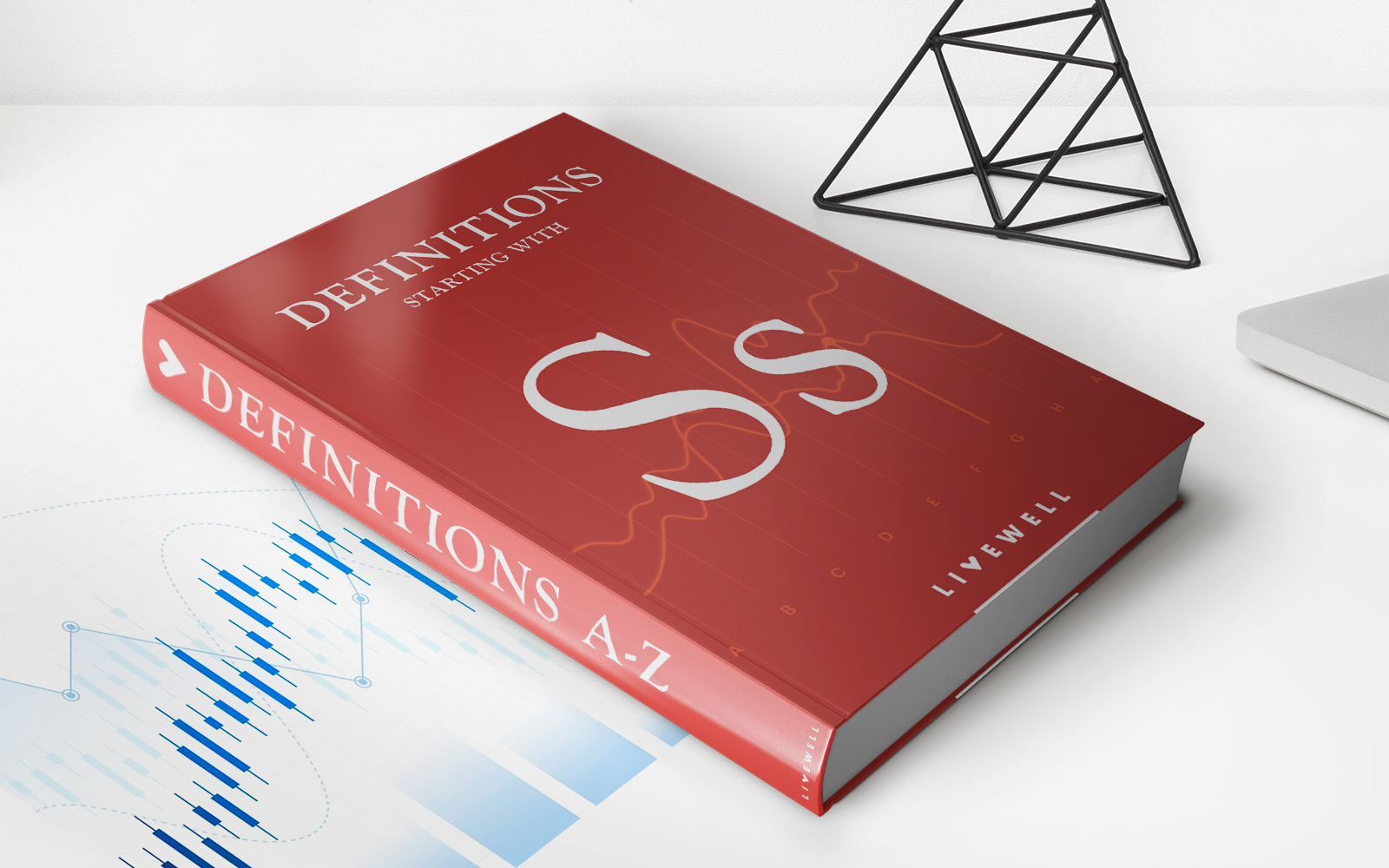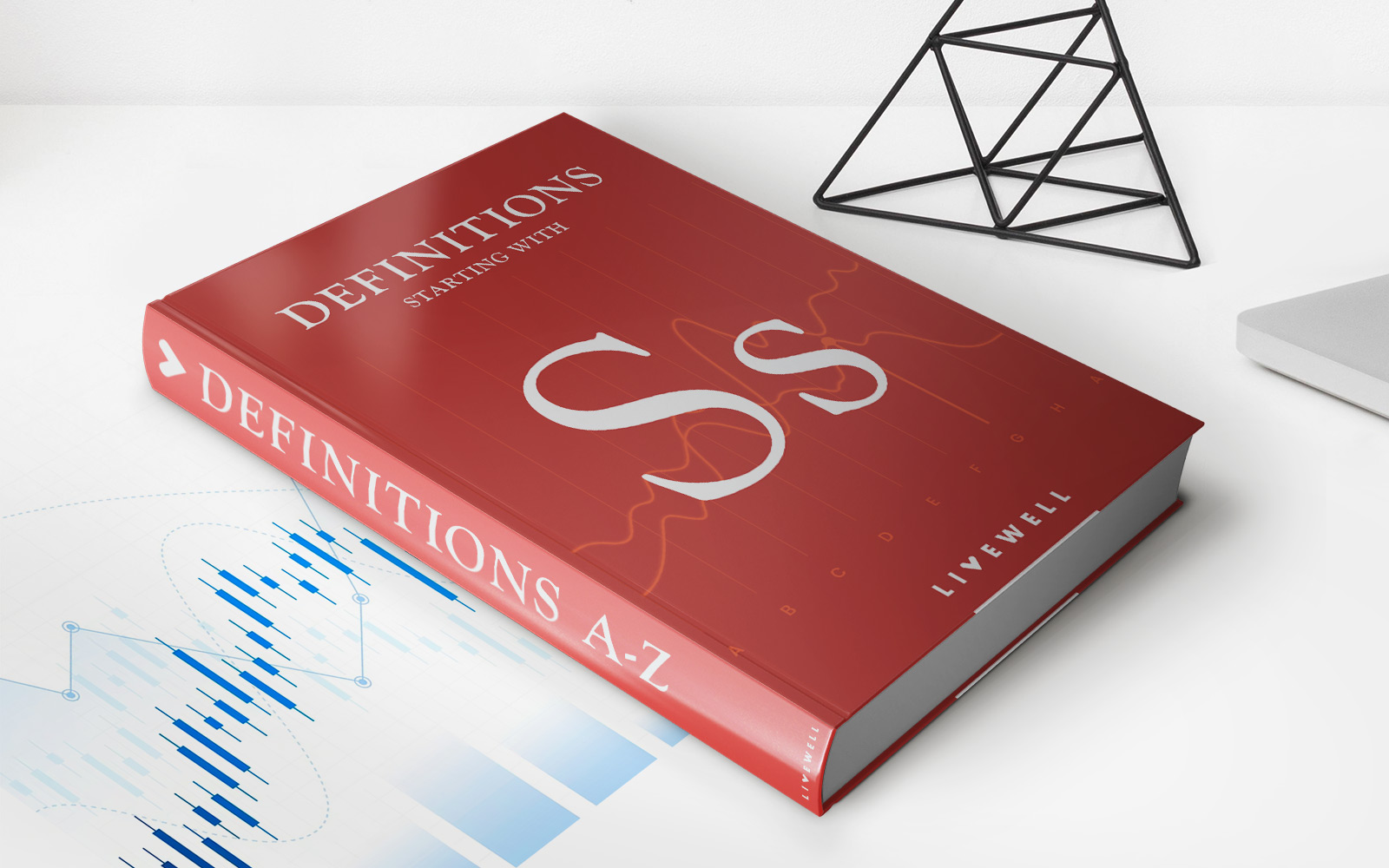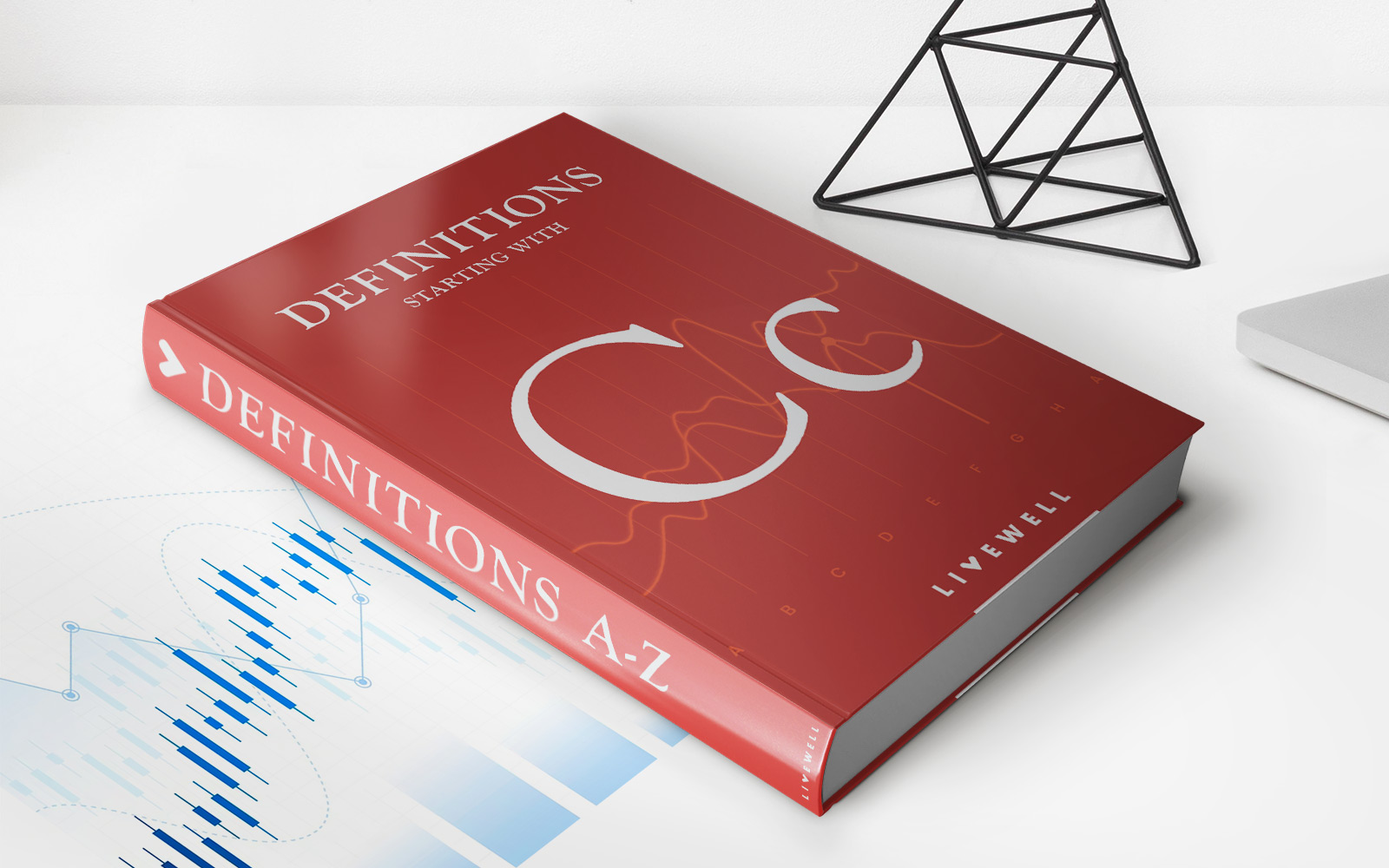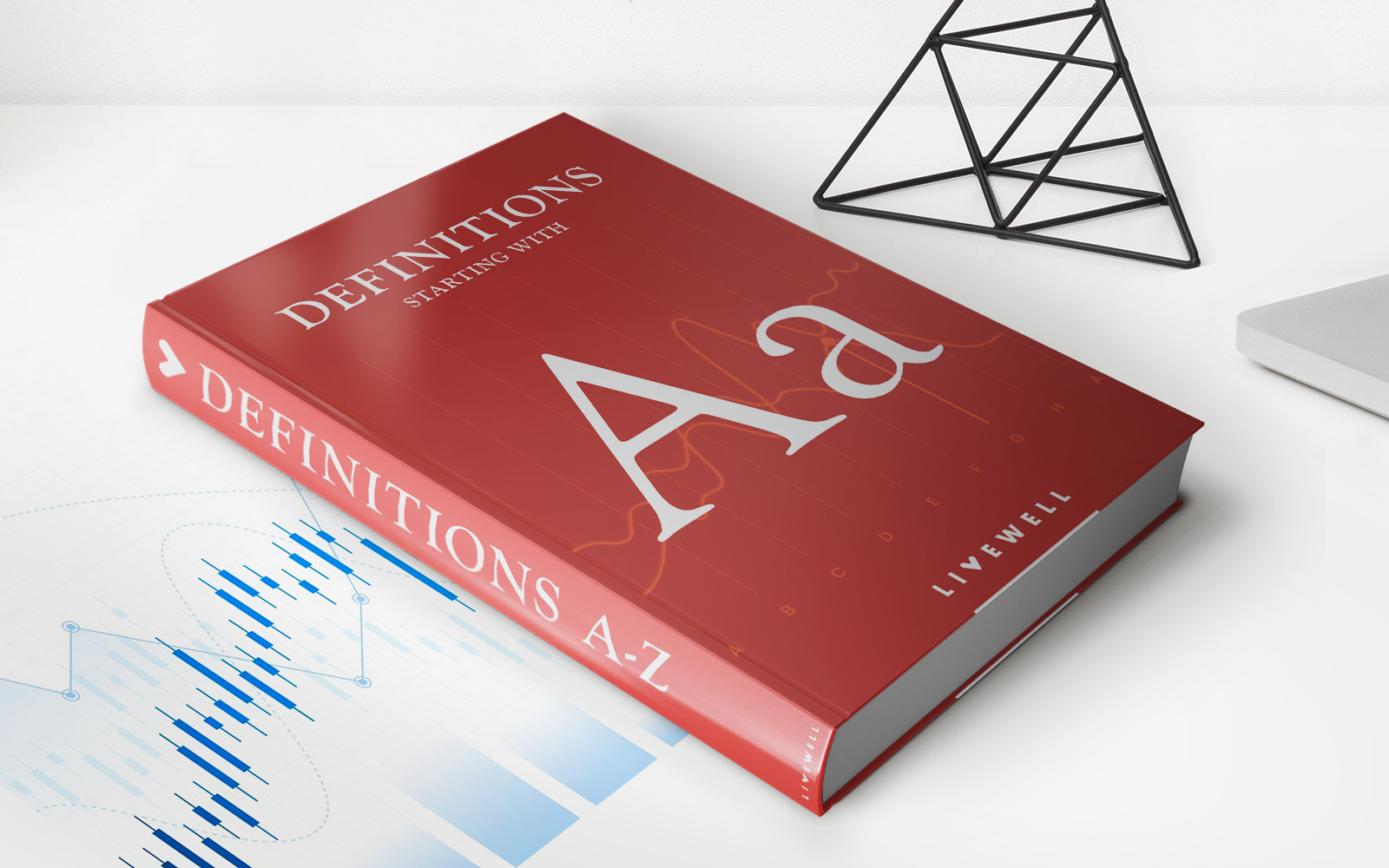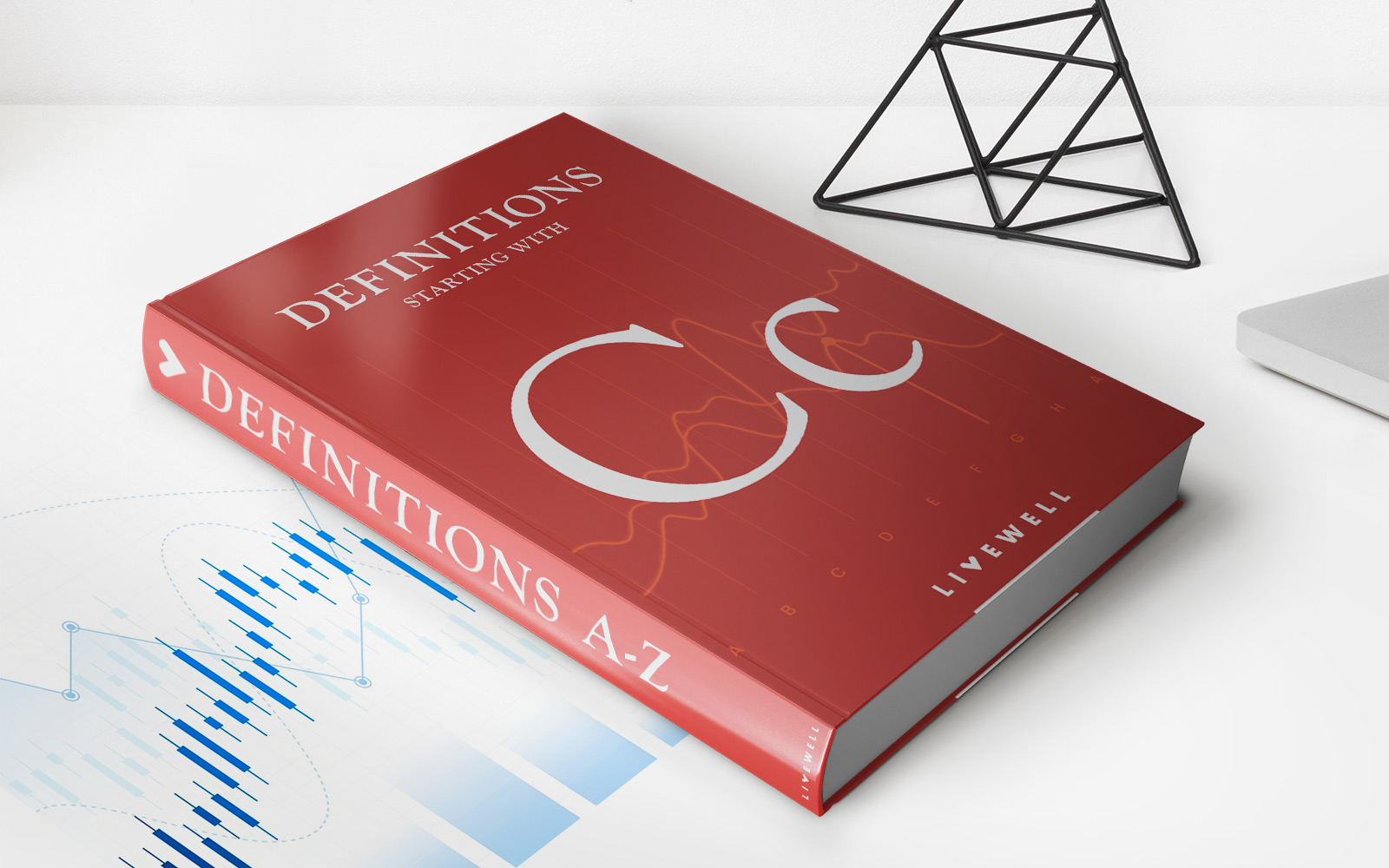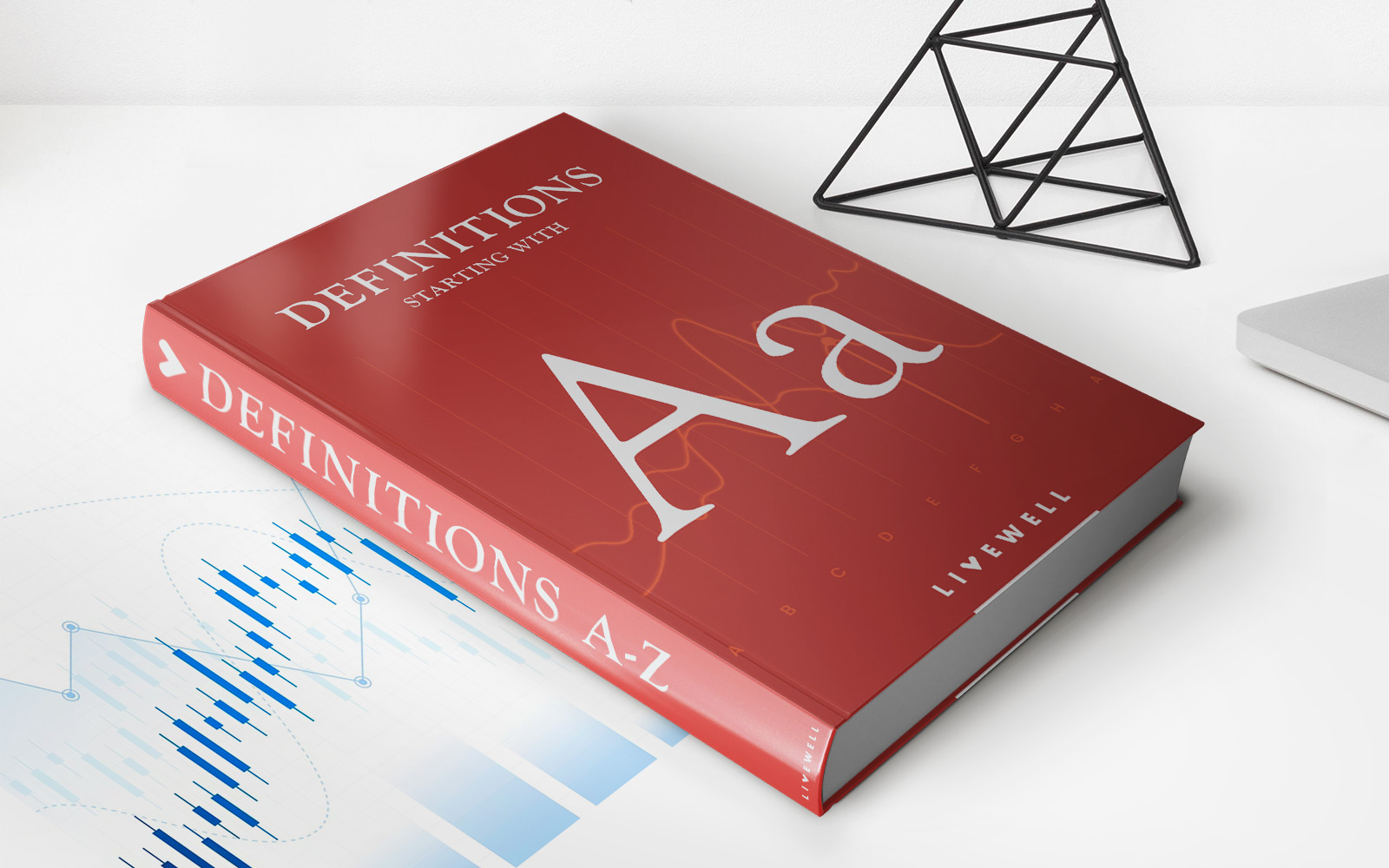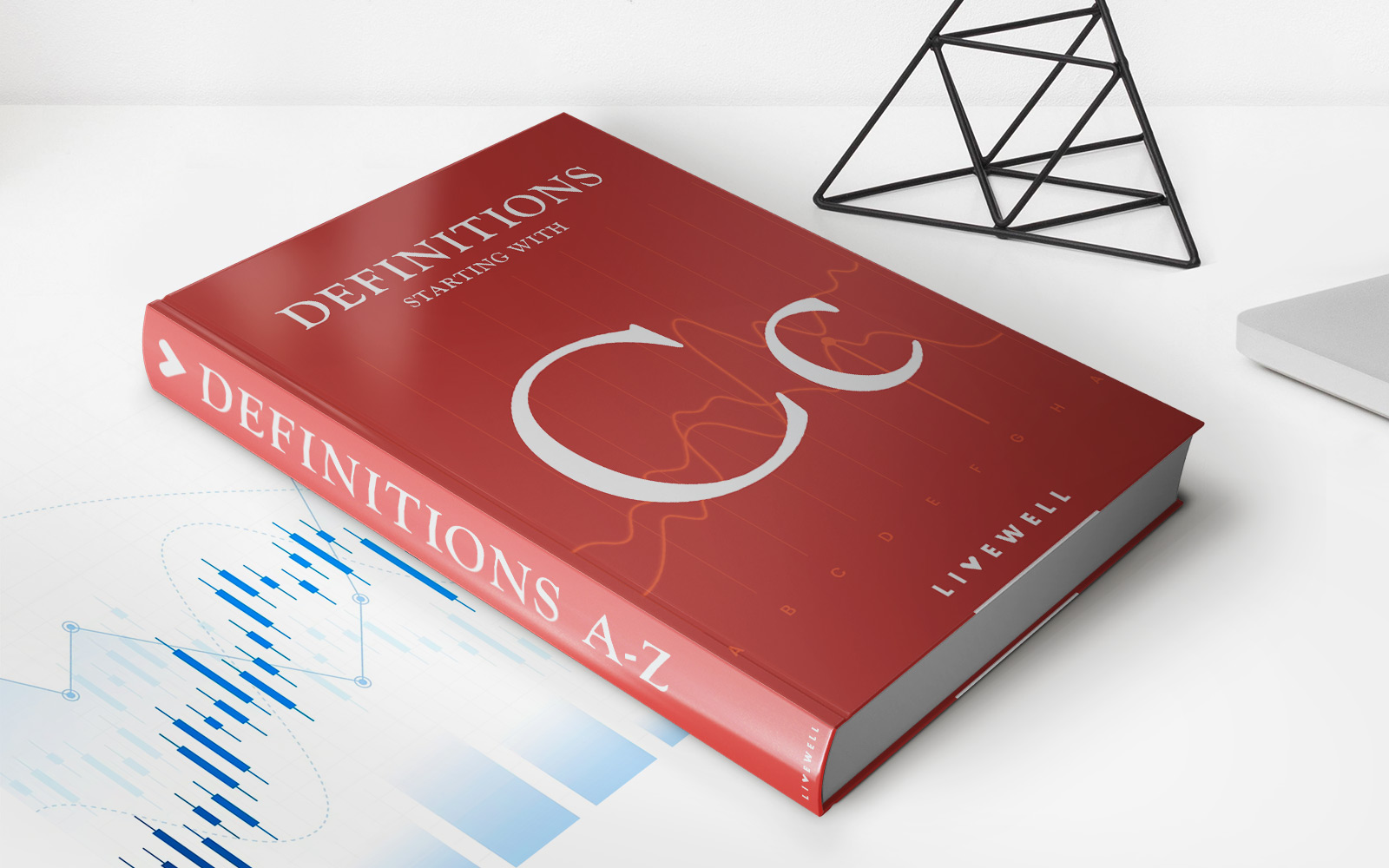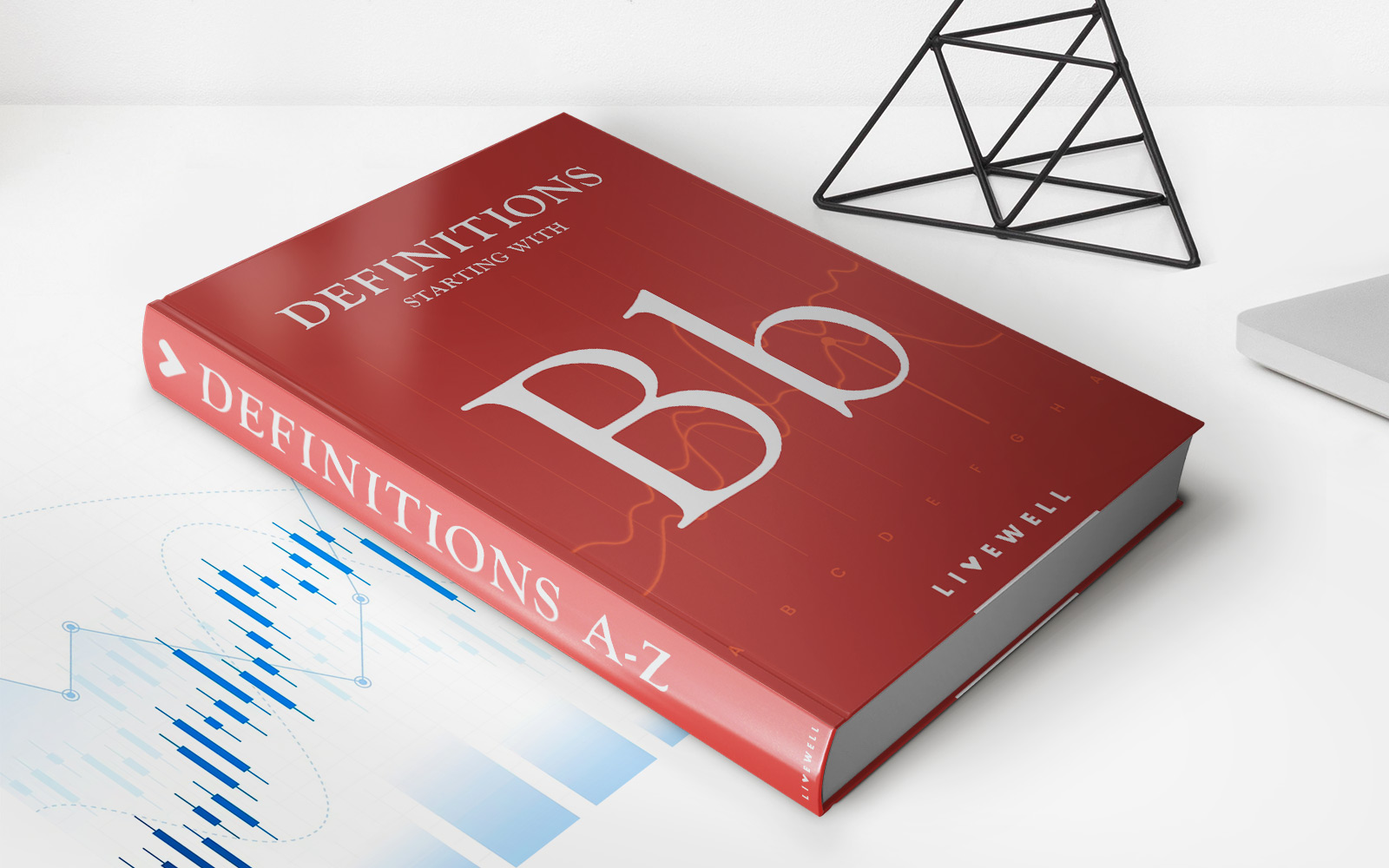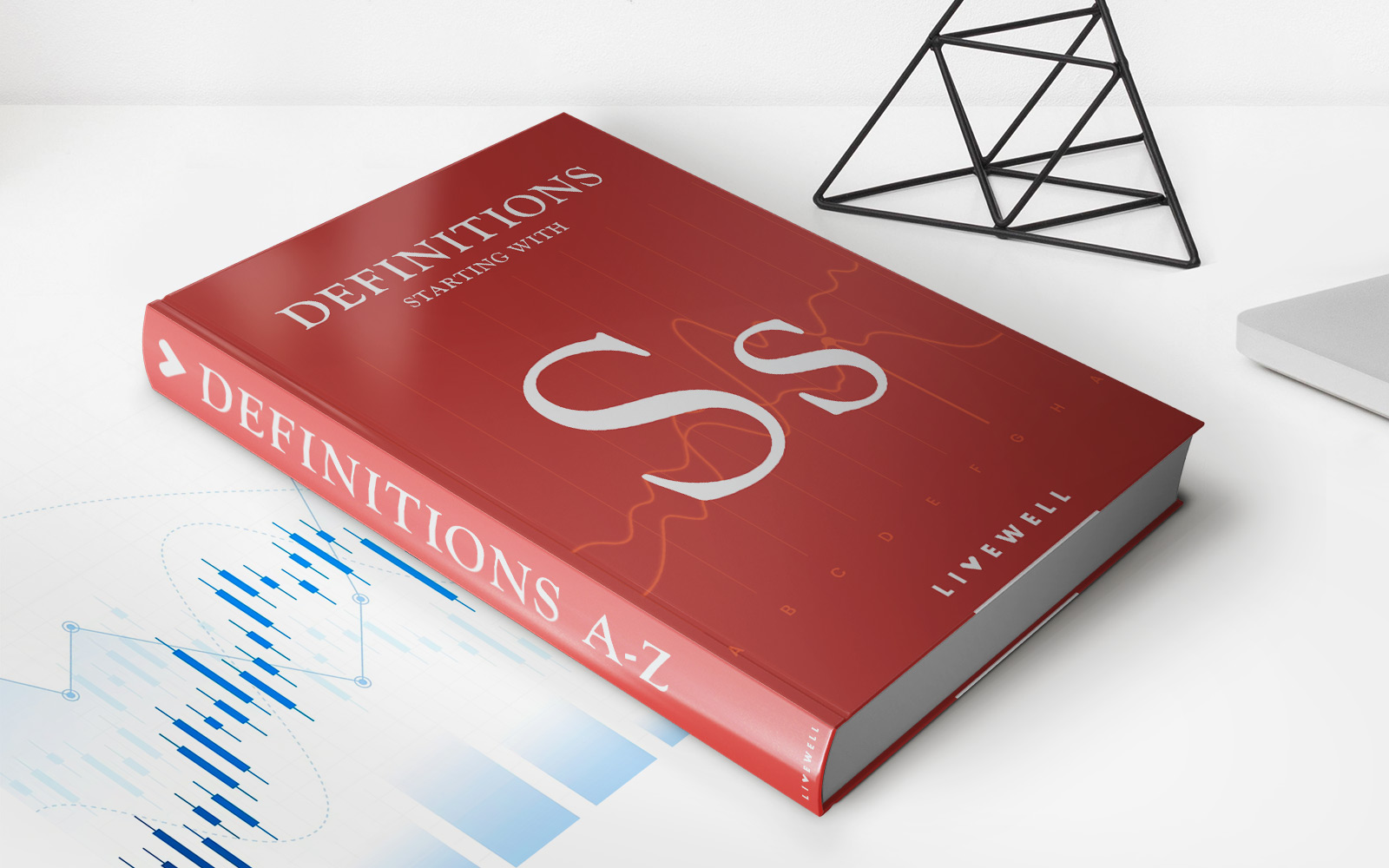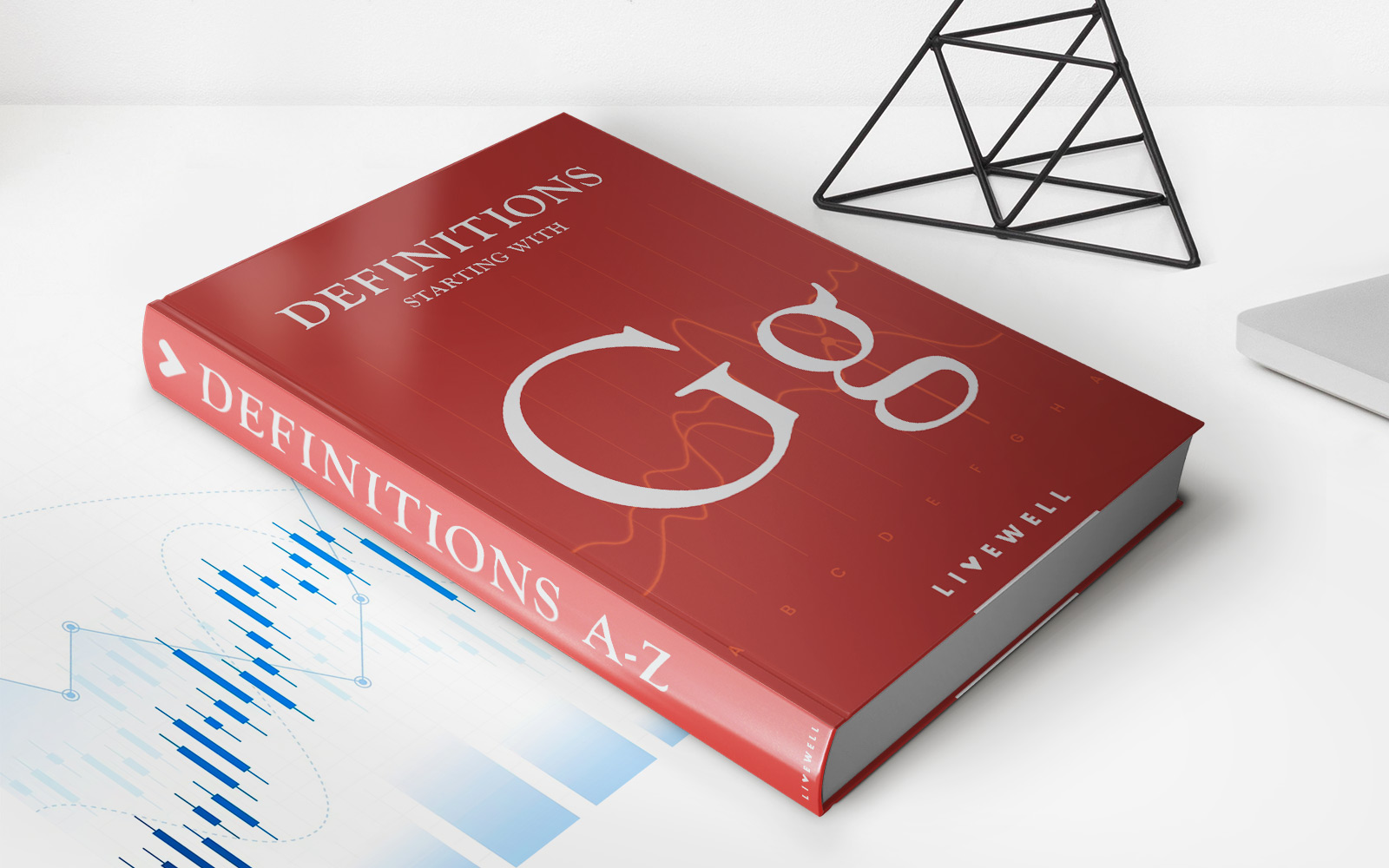

Finance
Gann Angles Definition And Example
Published: November 29, 2023
Learn about the definition and example of Gann Angles in finance. Explore how this powerful tool can help you make informed investment decisions.
(Many of the links in this article redirect to a specific reviewed product. Your purchase of these products through affiliate links helps to generate commission for LiveWell, at no extra cost. Learn more)
Gann Angles: Definition and Example
Welcome to our Finance category, where we dive into various financial topics to help you make informed decisions. In this blog post, we will explore one intriguing aspect of technical analysis known as Gann Angles. What are Gann Angles? How do they work? And how can you use them to enhance your trading strategies? Read on to find out!
Key Takeaways:
- Gann Angles are a tool used in technical analysis to predict potential future price movements in financial markets.
- These angles are created by drawing trendlines on a price chart based on specific mathematical calculations.
Now, let’s delve into the details. Gann Angles were developed by the legendary trader and analyst, W.D. Gann, in the early 20th century. Gann believed that price movements in financial markets were not completely random and could be influenced by various geometric principles. He developed a unique method that involved drawing trendlines at specific angles on price charts, which he believed could help identify areas of support and resistance and predict potential future price levels.
So how do Gann Angles work? Gann used a concept known as “square of nine” to calculate the angles. Essentially, he divided a circle into squares and assigned different price levels to them. By drawing diagonal lines from the bottom left to the top right corner of each square, Gann created a set of angles that he believed held significant market significance.
Traders and analysts continue to use Gann Angles to this day to study price movements and make informed decisions. These angles are often used to identify key support and resistance levels, trend changes, and potential price targets. Some even use Gann Angles to determine potential timing for entry and exit points in the market.
Here is a simplified example to better understand Gann Angles:
- Let’s say you have a price chart of a particular stock showing an upward trend.
- You identify the most significant swing low and draw a Gann Angle from that point.
- Next, you draw other Gann Angles at different degrees, such as 45, 60, or 90 degrees.
- By studying the interaction of the price with these angles, you can gain insights into potential support and resistance levels, as well as potential reversal points.
- Using this information, you can make more informed decisions regarding your trading strategy.
It’s important to note that like any other technical analysis tool, Gann Angles are not foolproof and should be used in conjunction with other indicators and analysis techniques. It’s always recommended to combine multiple sources of information to make well-rounded trading decisions.
To sum it up, Gann Angles are an intriguing tool in technical analysis that can help traders predict potential future price movements. By drawing trendlines at specific angles on a price chart, traders can identify key support and resistance levels and make more informed trading decisions. Remember to use Gann Angles as part of a well-rounded analysis and be mindful of their limitations.
We hope this blog post has shed some light on the fascinating world of Gann Angles. If you have any questions or would like to learn more, feel free to reach out to us. Happy trading!
